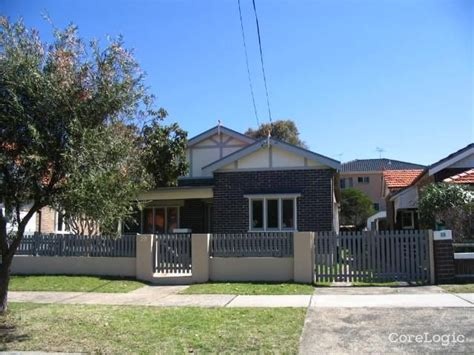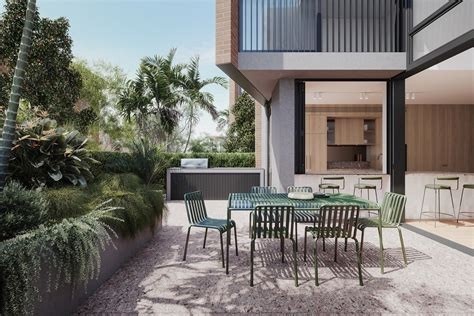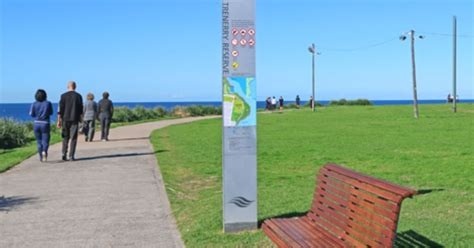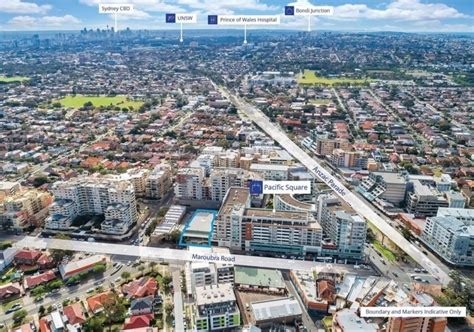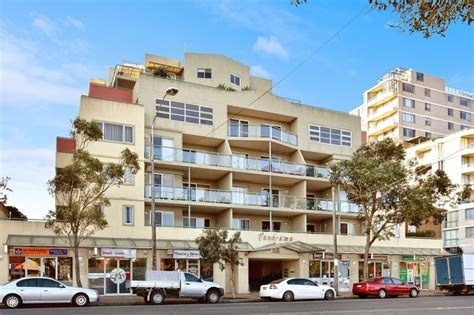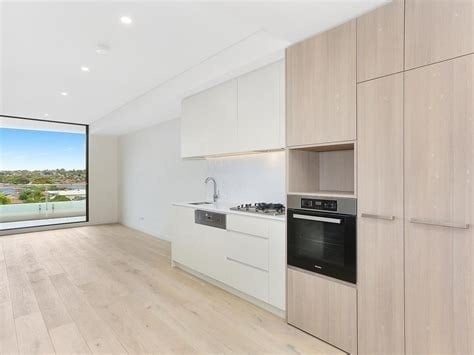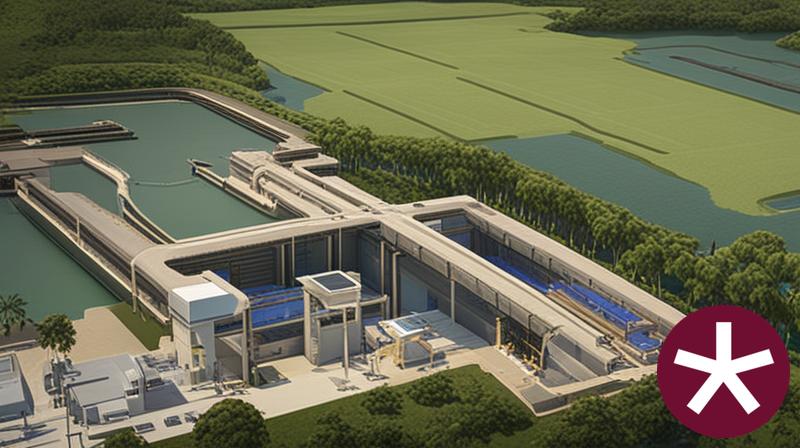Chart Color Schemes
est. as @ -- *
ABS ERP | -- people | --
2021 Census | -- people
Sales Activity
Curious about local property values? Filter the chart to assess the volume and appreciation (including resales) trends and regional comparisons, or scroll to the map below view this information at an individual property level.
Find a Recent Sale
Sales Detail
Population
Maroubra - North is positioned among the lower quartile of areas assessed nationally for population growth based on AreaSearch's assessment of recent, and medium term trends
Maroubra - North's population was approximately 10,327 as of August 2025. This represents an increase of 537 people, a 5.5% rise since the 2021 Census which reported a population of 9,790. The change is inferred from ABS estimates: 10,307 in June 2024 and 47 validated new addresses since the Census date. This results in a density ratio of 5,705 persons per square kilometer, placing Maroubra - North in the top 10% nationally. Over the past decade, Maroubra - North's population grew at a compound annual growth rate of 0.1%, outperforming its SA3 area. Overseas migration was the primary driver of population growth during this period.
AreaSearch uses ABS/Geoscience Australia projections for each SA2 area, released in 2024 with a base year of 2022. For areas not covered by this data, NSW State Government's SA2 level projections from 2022 using a 2021 base year are applied. Growth rates by age group are used for all areas from 2032 to 2041. Based on projected demographic shifts, Maroubra - North is expected to grow by approximately 783 persons by 2041, representing a 7.4% increase over the 17-year period.
Frequently Asked Questions - Population
Development
AreaSearch assessment of residential development drivers sees a low level of activity in Maroubra - North, placing the area among the bottom 25% of areas assessed nationally
Maroubra - North averaged approximately 41 new dwelling approvals annually. The Australian Bureau of Statistics produces development approval data on a financial year basis, with 208 dwellings approved between FY-20 and FY-25, including 8 approvals so far in FY-26. Over the past five financial years (FY-20 to FY-25), an average of 1.0 new resident was recorded per year per dwelling constructed. This indicates that new supply is keeping pace with or exceeding demand, providing ample buyer choice and creating capacity for population growth beyond current forecasts.
The average value of new dwellings developed during this period was $825,000, demonstrating a focus on the premium segment with upmarket properties. In FY-26, there have been $14.1 million in commercial approvals, indicating moderate levels of commercial development. Compared to Greater Sydney, Maroubra - North records 13.0% less building activity per person and ranks among the 28th percentile of areas assessed nationally. This suggests somewhat limited buyer options while strengthening demand for established dwellings. This is also below average nationally, reflecting the area's maturity and possible planning constraints.
New building activity in Maroubra - North shows a focus on higher-density living, with 44.0% detached dwellings and 56.0% attached dwellings. This creates more affordable entry points and suits downsizers, investors, and first-home buyers. With around 659 people per dwelling approval, the area reflects a highly mature market. Looking ahead, Maroubra - North is expected to grow by 763 residents through to 2041. With current construction levels, housing supply should adequately meet demand, creating favourable conditions for buyers while potentially enabling growth that exceeds current forecasts.
Frequently Asked Questions - Development
Infrastructure
Maroubra - North has strong levels of nearby infrastructure activity, ranking in the top 30% nationally
Changes to local infrastructure significantly impact an area's performance. AreaSearch has identified 12 projects likely to affect this area. Notable ones are Maroubra Junction Streetscape Upgrade - Stage 1, South Coogee to Lurline Bay Coastal Walk Connection, Google Pacific Connect - Tabua and Honomoana Cable Landing Infrastructure, Adela 138 Maroubra Road. The following list details those most relevant.
Professional plan users can use the search below to filter and access additional projects.
INFRASTRUCTURE SEARCH
Frequently Asked Questions - Infrastructure
Sydney Children's Hospital Stage 1 & Minderoo Children's Comprehensive Cancer Centre
A $658 million redevelopment delivering a new 12-storey children's hospital and the Minderoo Children's Comprehensive Cancer Centre, integrating world-leading clinical care, research, and education. Features include 200 beds, expanded emergency department, neurosciences centre, and advanced paediatric cancer facilities. Construction is complete, with commissioning underway and opening to patients expected in late 2025.
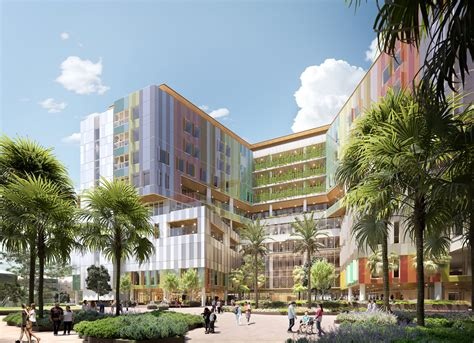
Google Pacific Connect - Tabua and Honomoana Cable Landing Infrastructure
Major subsea cable landing infrastructure for Google's Pacific Connect Initiative, supporting the Tabua and Honomoana transpacific cables connecting Australia to the United States, Fiji, and French Polynesia. Developed through Google's Perch Infrastructure in partnership with SUBCO, this project enhances digital resilience and international connectivity for Sydney and Australia. Construction includes horizontal directional drilling and shared landing infrastructure at Maroubra Beach.
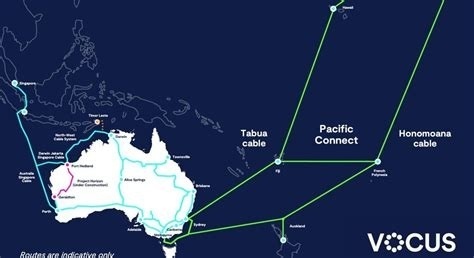
Heffron Centre
State-of-the-art community sporting facility featuring indoor sports halls for netball, basketball, badminton, volleyball and futsal, dedicated gymnastics and dance centre, South Sydney Rabbitohs high-performance training centre and community programs hub. The facility includes public cafe, merchandise shop, hall of fame and NRL standard showcase field. Completed in May 2023 after 10 years in planning.
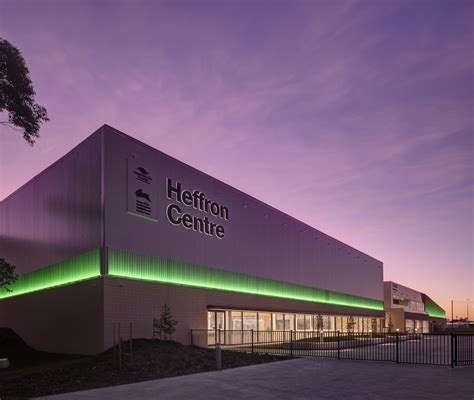
South Coogee to Lurline Bay Coastal Walk Connection
The project involves the development of a new public walkway connecting South Coogee to Lurline Bay through property acquisition and construction to complete the coastal walkway. Randwick City Council purchased a property for $4.9 million in November 2024 and is developing concept designs with community consultation planned for 2025-26.
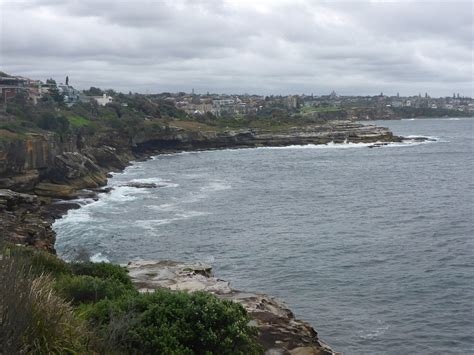
Light Rail Extension to Maroubra Junction
Proposed extension of Sydney's light rail network from Kingsford to Maroubra Junction along Anzac Parade, aiming to improve public transport connectivity to the eastern beaches and support urban development along the corridor.
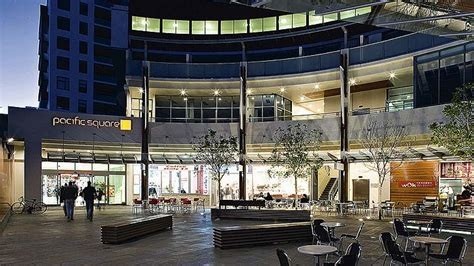
Bundock Street Housing Redevelopment Project
The project will develop 62 architecturally designed houses along Bundock Street between Canberra Avenue and Hendy Avenue to provide quality housing for Defence members and their families. The development covers approximately 2.7 hectares and includes site remediation, traffic management improvements, and community integration measures. The project has completed comprehensive site investigations, biodiversity assessments, and heritage studies and is preparing for EPBC referral to DCCEEW.
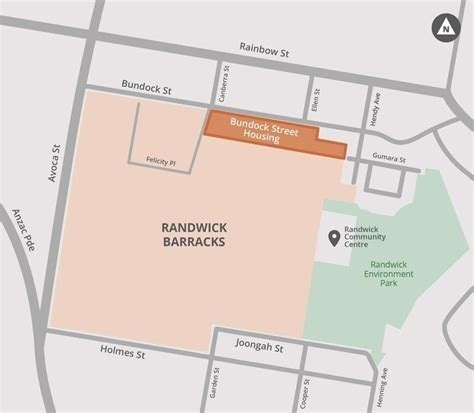
Maroubra Junction Streetscape Upgrade - Stage 1
Stage 1 of the Maroubra Junction streetscape upgrade currently under construction. The project involves new paving, trees, seating, street furniture, landscaping and minor civil works along the western side of Anzac Parade to improve pedestrian safety, enhance public domain aesthetics, and support local business activity. This is the first stage of a 20-year Town Centre Masterplan adopted by Council in June 2023. Works commenced on 14 July 2025 with completion expected by November 2025.
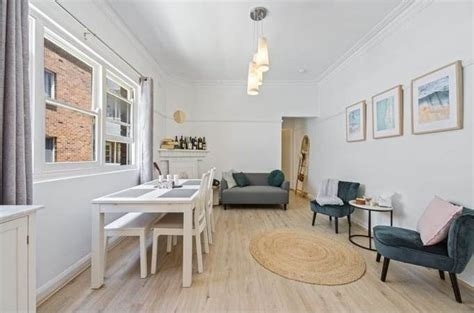
Woomera Reserve Upgrade - Little Bay
The Woomera Reserve Upgrade in Little Bay involves enhancements to outdoor recreational facilities, including upgraded sports fields, new playground equipment, picnic areas, and improved walking paths to enhance community access and engagement.
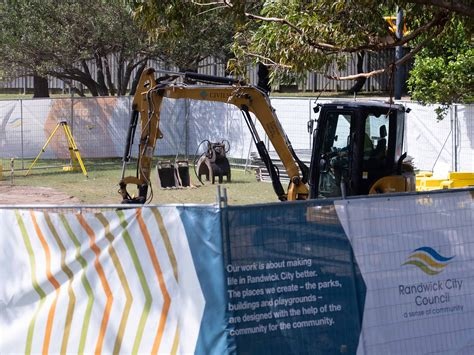
Employment
The labour market in Maroubra - North shows considerable strength compared to most other Australian regions
Maroubra - North has an educated workforce with notable representation in the technology sector. Its unemployment rate was 2.7% as of June 2025.
Employment growth over the past year was estimated at 2.4%. In June 2025, 5,992 residents were employed, with an unemployment rate of 1.5% below Greater Sydney's rate of 4.2%. Workforce participation in Maroubra - North is similar to Greater Sydney's 60.0%. Employment is concentrated in professional & technical, health care & social assistance, and education & training sectors.
The area has a specialization in professional & technical employment with an employment share of 1.2 times the regional level. However, manufacturing is under-represented at 2.9% compared to Greater Sydney's 5.7%. Employment levels increased by 2.4% during the year to June 2025, keeping the unemployment rate stable. In contrast, Greater Sydney saw employment grow by 2.6%, with a rise in unemployment of 0.3 percentage points. State-level data from Sep-25 shows NSW employment contracted by 0.41%, with an unemployment rate of 4.3%. National employment forecasts from May 2025 project growth of 6.6% over five years and 13.7% over ten years, but local projections suggest Maroubra - North's employment could increase by approximately 7.2%% over five years and 14.5% over ten years.
Frequently Asked Questions - Employment
Income
Income metrics indicate excellent economic conditions, with the area achieving higher performance than 75% of national locations assessed by AreaSearch
AreaSearch's latest postcode level ATO data for financial year 2022 shows that Maroubra - North's median income is $66,103 and the average income is $108,018. This places it in the top percentile nationally compared to Greater Sydney's median income of $56,994 and average income of $80,856. By March 2025, estimated incomes would be approximately $73,110 (median) and $119,468 (average), based on a 10.6% Wage Price Index growth since financial year 2022. Census 2021 income data ranks Maroubra - North's household, family, and personal incomes highly, between the 87th and 88th percentiles nationally. The largest income segment consists of 30.4% earning $4000+ weekly (3,139 residents), unlike regional trends where 30.9% fall within the $1,500 - 2,999 range. In Maroubra - North, 41.3% earn over $3,000 per week, indicating affluence that supports premium retail and service offerings. High housing costs consume 16.2% of income, but strong earnings place disposable income at the 87th percentile nationally. The area's SEIFA income ranking places it in the 9th decile.
Frequently Asked Questions - Income
Housing
Maroubra - North displays a diverse mix of dwelling types, with above-average rates of outright home ownership
Maroubra - North's dwelling structures, as per the latest Census, consisted of 42.1% houses and 58.0% other dwellings (semi-detached, apartments, 'other' dwellings). In comparison, Sydney metro had 26.9% houses and 73.1% other dwellings. Home ownership in Maroubra - North stood at 39.3%, with mortgaged dwellings at 27.4% and rented ones at 33.3%. The median monthly mortgage repayment was $3,033, aligning with Sydney metro's average, while the median weekly rent was $600, compared to Sydney metro's $550. Nationally, Maroubra - North's mortgage repayments were significantly higher than the Australian average of $1,863, and rents were substantially above the national figure of $375.
Frequently Asked Questions - Housing
Household Composition
Maroubra - North features high concentrations of group households, with a higher-than-average median household size
Family households constitute 70.4% of all households, including 33.8% couples with children, 26.3% couples without children, and 9.2% single parent families. Non-family households account for the remaining 29.6%, with lone person households at 25.0% and group households comprising 4.5%. The median household size is 2.6 people, higher than the Greater Sydney average of 2.4.
Frequently Asked Questions - Households
Local Schools & Education
Educational achievement in Maroubra - North places it within the top 10% nationally, reflecting strong academic performance and high qualification levels across the community
Educational attainment in Maroubra - North is notably higher than national and state averages. Among residents aged 15+, 47.9% have university qualifications, compared to 30.4% nationally and 32.2% in NSW. Bachelor degrees are the most common at 31.1%, followed by postgraduate qualifications (13.9%) and graduate diplomas (2.9%). Vocational pathways account for 23.2% of qualifications, with advanced diplomas at 10.7% and certificates at 12.5%.
Educational participation is high, with 30.8% of residents currently enrolled in formal education. This includes 9.3% in primary, 8.0% in secondary, and 7.2% pursuing tertiary education. The area's three schools have a combined enrollment of 1,674 students as of the latest data. Maroubra - North has significant socio-educational advantages and academic achievement, with an ICSEA score of 1137. The educational mix includes two primary schools and one K-12 school. School capacity exceeds typical residential needs, with 16.2 places per 100 residents compared to the regional average of 11.1, suggesting the area serves as an educational center for the broader region.
Frequently Asked Questions - Education
Schools Detail
Nearby Services & Amenities
Transport
Transport servicing is high compared to other areas nationally based on assessment of service frequency, route connectivity and accessibility
Transport analysis shows 38 active stops operating in Maroubra - North. These are served by 41 bus routes, offering 5,556 weekly passenger trips combined. Transport accessibility is rated excellent, with residents typically living 120 meters from the nearest stop.
Service frequency averages 793 trips daily across all routes, equating to around 146 weekly trips per individual stop.
Frequently Asked Questions - Transport
Transport Stops Detail
Health
Maroubra - North's residents are extremely healthy with very low prevalence of common health conditions across all age groups
Analysis shows Maroubra - North had strong health metrics with low prevalence of common conditions across all ages. Private health cover was high at approximately 75% (7,714 people), compared to Greater Sydney's 70.6%. Nationally, it averages 55.3%.
Common medical conditions were arthritis and mental health issues, impacting 6.3% and 5.1% respectively. 75.7% of residents declared no medical ailments, similar to Greater Sydney's 76.0%. The area had 19.2% (1,987 people) aged 65 and over, higher than Greater Sydney's 15.1%. Health outcomes among seniors were strong, aligning with the general population's profile.
Frequently Asked Questions - Health
Cultural Diversity
Maroubra - North is among the most culturally diverse areas in the country based on AreaSearch assessment of a range of language and cultural background related metrics
Maroubra-North has high cultural diversity, with 34.1% speaking a language other than English at home and 40.3% born overseas by June 2021. Christianity is the main religion, comprising 55.4%. Judaism is overrepresented, at 7.0% compared to Greater Sydney's 4.4%.
The top three ancestral groups are English (18.5%), Australian (15.1%), and Other (13.5%). Notably, French (2.2%) and Greek (7.2%) residents are overrepresented compared to regional averages of 1.5% and 4.0%, respectively.
Frequently Asked Questions - Diversity
Age
Maroubra - North's median age exceeds the national pattern
Maroubra - North has a median age of 40, which is slightly higher than Greater Sydney's figure of 37 years, and marginally higher than Australia's median age of 38 years. Compared to the Greater Sydney average, Maroubra - North has an over-representation of the 75-84 age cohort (7.0%) and an under-representation of the 25-34 age group (13.3%). Between 2021 and present, the 15 to 24 age group has increased from 10.8% to 13.6%, while the 85+ cohort has decreased from 4.6% to 3.7%. By 2041, demographic modeling suggests Maroubra - North's age profile will significantly evolve. The 75-84 age cohort is projected to expand by 252 people (35%), growing from 719 to 972 individuals. Notably, the combined 65+ age groups are expected to account for 65% of total population growth, reflecting the area's aging demographic profile. Meanwhile, the 5-14 and 0-4 age cohorts are projected to experience population declines.
